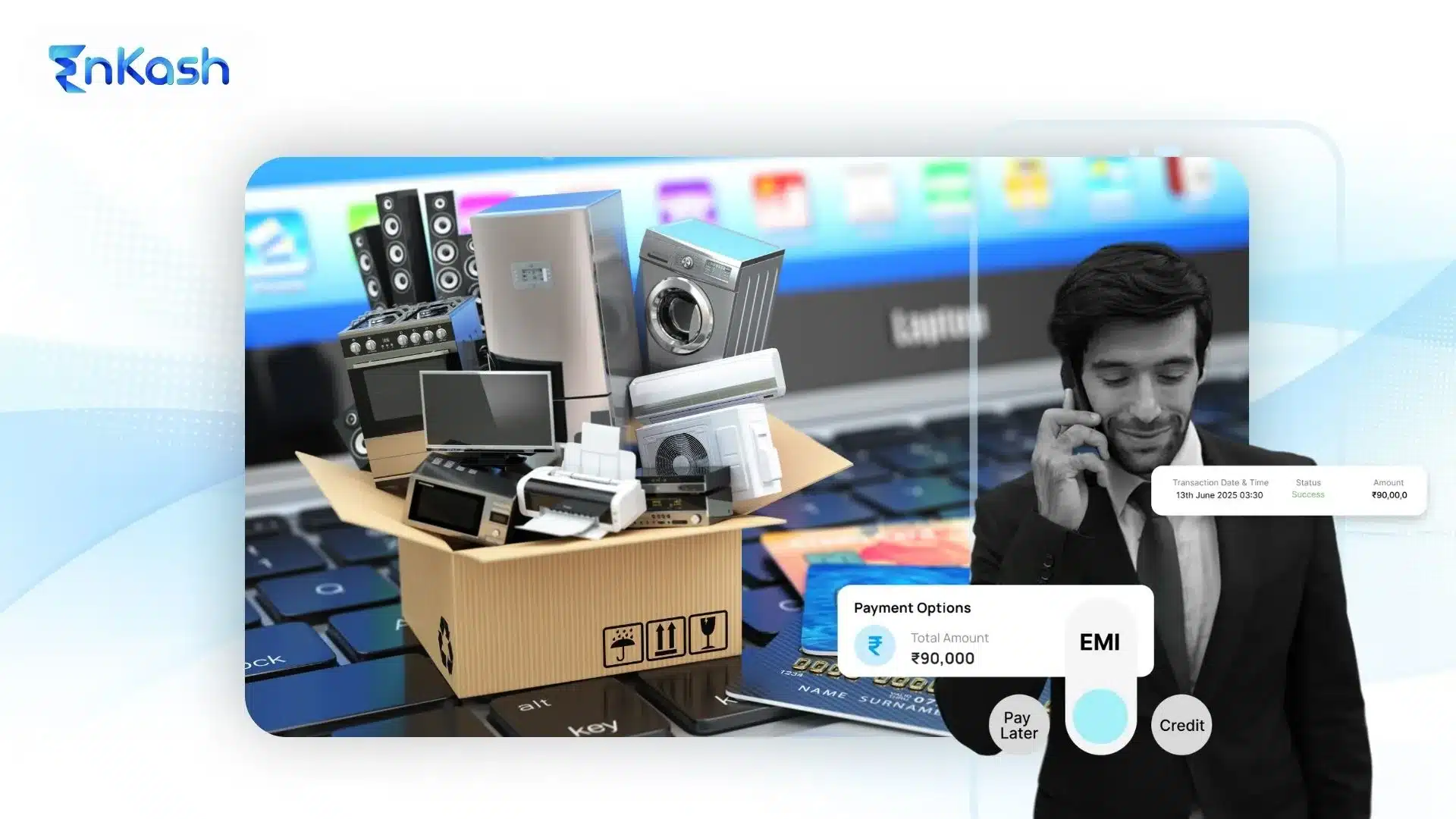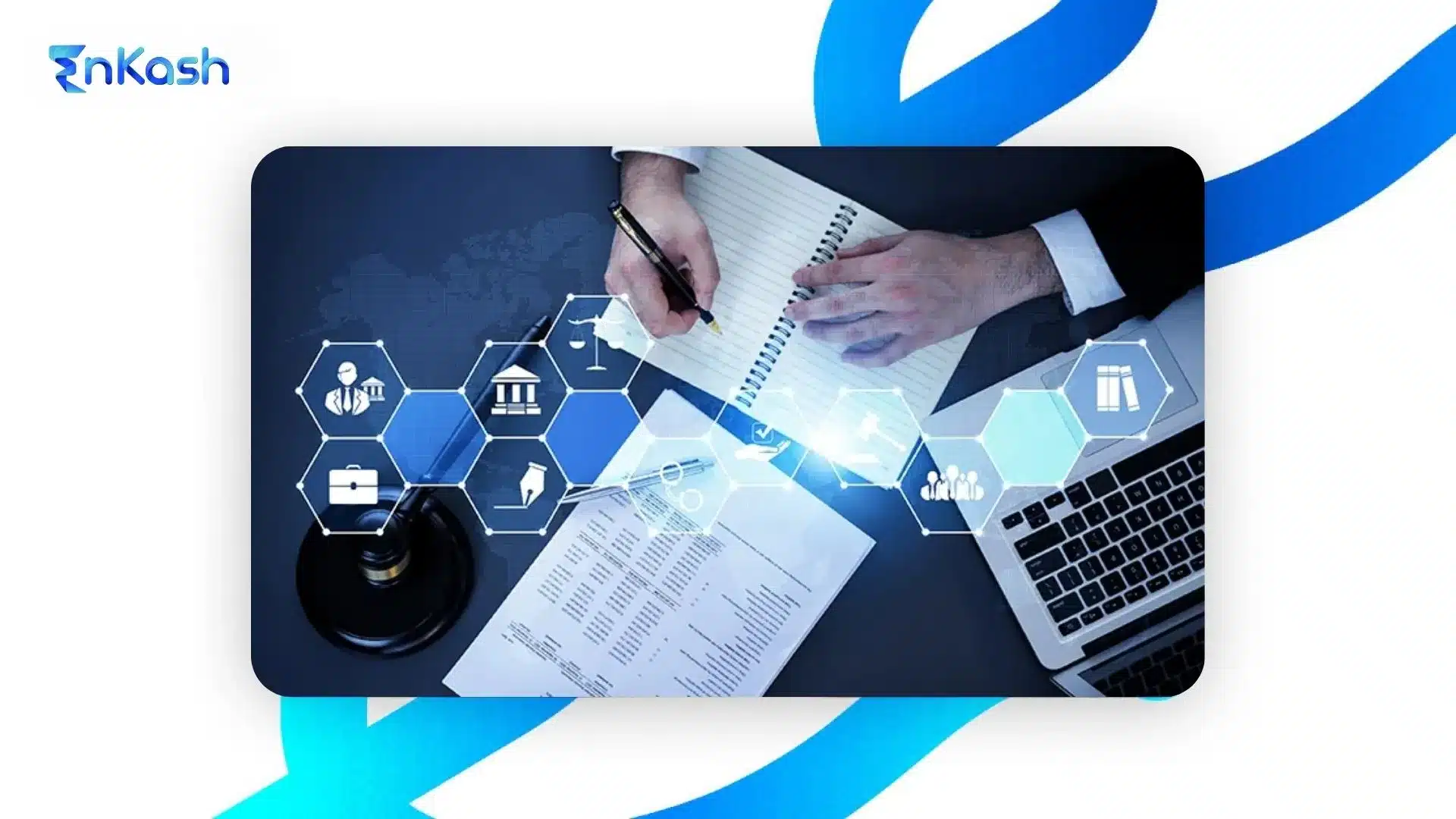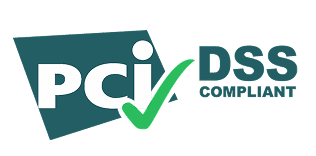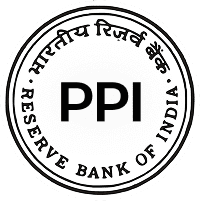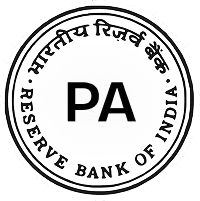The Role of Payment Systems in Online Marketplaces
Online marketplaces have become the backbone of modern commerce. Whether it is products, services, or rentals, these platforms bring together multiple sellers and buyers under a unified digital environment. What seems simple to the end user is actually a highly complex process behind the scenes. One of the most critical parts of this structure is the payment system.
A marketplace operates differently from a single-vendor eCommerce store. In a multi-seller setup, each transaction may involve one buyer and several sellers. This means the platform must collect the payment, deduct its own commission or fee, and distribute the remaining amount to the right vendors. Managing multi-vendor payments is far from a minor task—it demands accuracy, speed, and compliance at every step.
The marketplace payment gateway plays a vital role in managing this flow. It must handle the entire cycle of collecting funds, splitting them correctly, and releasing them after deducting platform charges. It should also manage refunds, returns, cancellations, and chargebacks. Any delay or error can directly affect the seller’s trust and the buyer’s satisfaction.
To complicate matters, most marketplaces serve a global audience. That brings in the need for Cross-Border Transactions, Multi-Currency Support, and Local Payment Methods. A buyer in the UAE might pay in dirhams, while the seller is based in Europe and expects euros. Without proper conversion, settlement, and reconciliation, the platform could lose money or create confusion among users.
One of the major issues platforms face is security concerns. Every transaction must be encrypted and protected from breaches. Failing to secure data can lead to financial losses, identity theft, and legal action. Fraud is another major problem. Marketplaces must have systems to detect unusual behavior and stop fraudulent transactions before they are processed. A good payment processing system includes built-in fraud protection tools to handle these risks.
Technical infrastructure is just as important. Issues like server outages, network issues, or buggy software updates can halt transactions. This leads to transaction declines, user frustration, and reduced credibility. In the long term, it can hurt the platform’s business performance and growth.
Another challenge is complying with financial laws across regions. From tax rules to verification processes, regulatory complexity is a real barrier. If the platform fails to meet requirements, it can be fined or restricted from operating in certain markets.
A reliable, scalable, and secure payment processing system is the foundation of any successful marketplace. If payments fail, everything else collapses. That is why marketplace owners must prioritize this layer from day one.
Payment Architecture in Marketplaces: How Money Moves
The way money moves in a marketplace is very different from traditional online stores. A buyer may place a single order, but that order might be fulfilled by several sellers. Each seller expects to receive the correct share of the payment. At the same time, the platform needs to collect its fee or commission. This is where the architecture of the payment processing system becomes essential.
At its core, a marketplace’s payments follow a three-step flow:
- Pay-In: The buyer completes the payment using a preferred method. This could involve cards, wallets, UPI, or any option under Local Payment Methods.
- Processing: The funds are held temporarily, usually in escrow. During this phase, the system calculates splits, deducts fees, and prepares for final settlement.
- Pay-Out: The appropriate amount is released to each seller, minus platform charges. In international setups, this step also involves Cross-Border Transactions and Multi-Currency Support.
Handling multi-vendor payments within this structure is not simple. It requires clear rules that define timelines, refund paths, and what happens in the case of cancellations or disputes. If a buyer cancels part of an order, the system must reverse that portion before it reaches the seller. Errors in this flow can lead to incorrect payouts or overcharges, damaging platform credibility.
Another critical part of the architecture is managing chargebacks. If a buyer raises a dispute, the platform needs to investigate quickly. Once a claim is verified, the funds must be reversed without harming the seller or buyer unfairly. This makes flexibility and traceability essential in any marketplace payment gateway.
Delays in any of these steps reflect directly on customer experience. Buyers want confirmation right away. Sellers expect timely payouts. If either side experiences lag or inconsistency, it affects retention and platform trust. That’s why seamless flow matters.
To handle these complexities, platforms rely on detailed API Documentation. These APIs allow different systems to communicate, automate actions like refunds and notifications, and ensure everything is in sync.
Overall, a smooth payment structure gives the platform the stability it needs to scale. When money moves clearly and accurately, users stay confident, and the marketplace runs efficiently.
Read more: How Secure Payment Gateways Safeguard Your Business
Common Technical and Operational Bottlenecks
As a marketplace scales, the complexity of its systems increases. What works well during the early stages may start showing cracks when transaction volumes grow or when the platform expands to new regions. Many of the pain points that arise are related to the way payments are handled.
These issues are not always visible immediately. But when left unaddressed, they create friction for buyers, delays for sellers, and overhead for the platform team. Below are some of the most common technical and operational challenges marketplaces face with their payment processing systems:
- Poor API Documentation: Incomplete or outdated developer guides can make it difficult to integrate a new marketplace payment gateway. This results in missed callbacks, incorrect routing, and failed payment events.
- Payment Processing Delays: When platforms use only one gateway or route all transactions through a single channel, it often leads to slow response times. This affects both the buyer’s checkout experience and the seller’s payouts.
- Technical Glitches During Load Spikes: A system that cannot handle high traffic will show signs of failure during sales events. Users may see duplicate charges, stuck screens, or broken transaction flows. These issues lead to transaction declines and customer complaints.
- Server Outages and Network Issues: Unplanned downtime can stop transactions from going through entirely. This is especially damaging for platforms that rely on live sessions or flash sales, where every second counts.
- Ineffective Multi-Vendor Handling: Platforms that are not built for multi-vendor payments may struggle to calculate and disburse funds accurately. Sellers might receive less than expected or face delays, triggering escalations and support tickets.
- Lack of Real-Time Fraud Prevention: If fraud controls are weak, platforms are exposed to suspicious transactions that later turn into chargebacks. Without proper checks, this can drain revenue and impact credibility.
Each of these problems reduces customer experience and weakens the platform’s core function. For any marketplace to perform well, these bottlenecks must be identified early and solved before they scale.
Security and Compliance in Marketplace Transactions
Trust is one of the biggest factors in the success of any online marketplace. Buyers need to feel confident that their money and personal details are safe. Sellers need to trust that payments will reach them on time and without error. To protect both sides, strong security and strict regulatory practices must be in place at every level of the payment processing system.
When a marketplace handles payments, it deals with sensitive data. Card numbers, account details, and identity information all pass through the platform. If this data is not encrypted and protected, it becomes an easy target for attackers. This is where security concerns begin. One breach can damage the reputation of the platform beyond repair. To prevent this, encryption, tokenization, and safe storage protocols must be enforced at all times.
Another challenge is regulatory complexity. Marketplaces operate across regions, each with its own financial laws. Some countries require platforms to verify the identity of users. Others demand strict reporting of transaction data or tax compliance. This means marketplaces must follow global and local rules, including KYC, AML, and data privacy standards.
Beyond regulations, marketplaces also face the risk of fraud. Fake listings, identity theft, and stolen payment methods can lead to disputes. If not controlled, these disputes turn into chargebacks, which increase platform costs and lower profit margins. A good marketplace payment gateway should include fraud detection tools that stop high-risk transactions before they are completed.
To meet compliance goals and improve trust, platforms need the right processes. These include automated verification for sellers, secure onboarding flows, and tools to monitor suspicious activity. Without these, the risk of errors, fines, or bans becomes real.
Security and compliance are not optional. They are part of the foundation. A marketplace that takes these seriously protects its users and ensures steady growth in a competitive space.
Payment Orchestration: A Strategic Shift for Modern Marketplaces
Handling payments through a single gateway may work for smaller platforms, but as a marketplace expands, the limitations of this setup become clear. From regional restrictions to technical downtimes, relying on one provider can lead to failed transactions, customer complaints, and higher costs. Payment orchestration solves these problems by allowing platforms to connect with multiple gateways and route transactions intelligently.
Here are the key advantages that payment orchestration brings to a growing marketplace:
- Improved Resilience: In the event of server outages or network issues, the system can instantly switch to an alternative gateway, ensuring that payment processing continues without interruption.
- Reduced Payment Processing Delays: By choosing the fastest available gateway based on region or payment type, the platform avoids slowdowns and delivers quicker results to both buyers and sellers.
- Lower Transaction Costs: Orchestration allows routing based on gateway fees. If one provider charges high transaction fees, the system can select a more cost-effective option for that transaction.
- Fewer Transaction Declines: With more than one provider in use, the platform avoids failures that stem from a single gateway’s error, thereby reducing transaction declines and improving success rates.
- Stronger Fraud Controls: The platform can route high-risk payments to gateways that offer better fraud detection or more advanced verification steps.
- Expanded Regional Support: Different providers support different Local Payment Methods or specialize in handling Cross-Border Transactions. Orchestration ensures each user is routed through the best fit for their location and currency.
- Smarter Routing via APIs: Building orchestration requires well-structured API Documentation and decision-making logic that can operate in real time without disrupting the customer experience.
Payment orchestration transforms the marketplace from reactive to proactive. Instead of waiting for issues to occur, the system anticipates them and adjusts in real time. This approach strengthens platform performance and helps sustain growth over time.
Vendor Onboarding and KYC Automation
For marketplaces, adding new sellers is a constant process. As the platform grows, the speed and accuracy of onboarding can make a real difference. Manual checks slow down operations, increase onboarding time, and raise the risk of compliance errors. That is why automating the onboarding flow has become a necessary step for scaling platforms.
When a new vendor joins, the platform must collect legal documents, verify identity, and confirm bank details. This process must also meet regional compliance rules, especially in markets with strict regulatory complexity. Automating this process helps reduce delays and avoids human errors.
Modern systems use API-based onboarding tools to connect directly with banks or verification services. These tools handle identity checks, business verification, and bank validations quickly. A secure process builds trust while keeping seller data protected from security concerns.
Fast onboarding also improves business performance. Sellers who join without delay can list products faster, accept orders, and start generating revenue. This improves the supply side of the marketplace and leads to a better customer experience.
Some marketplace payment gateway providers offer built-in onboarding modules. These include verification, fraud detection, and risk scoring. Integrating such tools allows platforms to focus on growth while staying compliant and efficient.
Closing Insights: Building a Future-Ready Payment Framework
Running a successful marketplace depends on much more than just listing products or attracting users. The real strength lies in the ability to manage transactions smoothly, securely, and across different regions. A reliable payment processing system is the engine that keeps everything moving.
To overcome common challenges like fraud, security concerns, payment processing delays, and regulatory complexity, platforms must adopt smarter tools and strategies. Features such as multi-vendor payments, payment orchestration, and support for Local Payment Methods and Cross-Border Transactions are no longer optional.
Choosing the best payment gateway for marketplace operations means looking beyond basic checkout features. It involves analyzing how well the system handles edge cases, supports vendors, reduces chargebacks, and improves customer experience.
Marketplaces that build on secure, flexible, and scalable payment foundations are better prepared for long-term growth. With the right technology and compliance in place, platforms can focus on expansion without worrying about what happens behind the scenes.
FAQs
1. What is a pre-authorization hold in marketplace payments?
A pre-authorization hold is when the payment system temporarily blocks the buyer’s funds before confirming the transaction. It ensures the buyer has enough balance. This improves fraud checks and avoids disputes, especially useful in multi-vendor payments and services where delivery takes time.
2. How do marketplaces manage tax calculations during checkout?
Many marketplace payment gateway solutions include tax tools that calculate applicable GST, VAT, or local taxes in real time. They factor in the buyer’s and seller’s location, product type, and current rates, ensuring compliance with regulatory complexity without slowing the checkout process.
3. Can a marketplace operate with multiple currencies without a cross-border license?
Not always. For Cross-Border Transactions, platforms must comply with currency laws and banking rules. Using a payment partner that offers Multi-Currency Support helps, but some countries still require licensing or partnership with a local financial entity to process payments legally.
4. Why do local payment preferences matter in different countries?
Different regions prefer different payment methods. For example, UPI in India or iDEAL in the Netherlands. Without support for local payment methods, marketplaces risk customer drop-offs during checkout. Adapting to local habits improves customer experience and boosts successful payment rates.
5. What causes delays in disbursing payments to sellers?
Delays often result from missing bank verifications, failed KYC checks, or system lags in payment processing. Sometimes, API Documentation issues cause failed callbacks. Using automated workflows and real-time updates can speed up multi-vendor payments and improve transparency.
6. How do marketplaces handle refunds involving multiple sellers?
Refunds in multi-vendor payments are calculated based on each seller’s portion of the transaction. The system must reverse payments proportionally. A good marketplace payment gateway automates this, minimizing errors and ensuring the buyer is refunded correctly, even for partial order cancellations.
7. What is the role of tokenization in securing marketplace transactions?
Tokenization replaces sensitive card or bank details with a random string of characters. This reduces security concerns by keeping actual data hidden during payment processing. It protects buyers while also keeping the platform compliant with modern security standards.
8. Can chargebacks be avoided completely with fraud filters?
No system can eliminate chargebacks entirely. Fraud filters reduce risk by flagging high-risk transactions, but buyers may still dispute valid charges. Clear refund policies, delivery proofs, and identity checks help reduce fraud and manage chargeback ratios.
9. How does real-time payment tracking improve customer trust?
Real-time status updates let both buyers and sellers monitor payment processing events. It reduces uncertainty, improves customer experience, and decreases support requests. Platforms with accurate tracking systems build stronger user confidence, especially when handling high transaction fees or large-value orders.
10. What is the difference between a payment gateway and payment processor in marketplaces?
A payment gateway captures the payment information at checkout and passes it securely. The processor handles the actual transaction between banks. In marketplaces, both work together to ensure smooth payment processing, reduce transaction declines, and confirm successful settlements.


